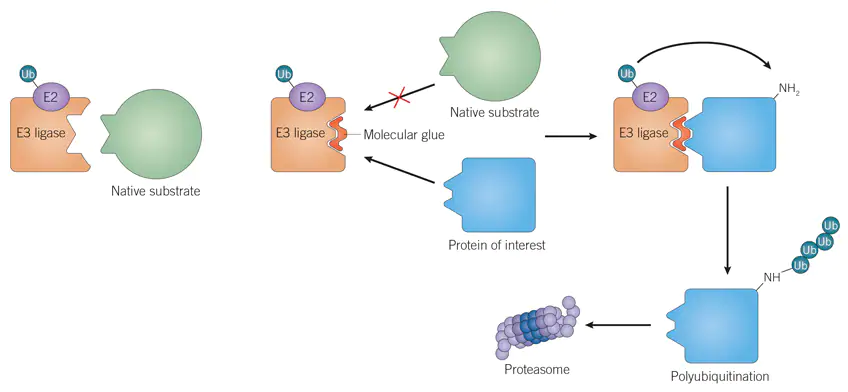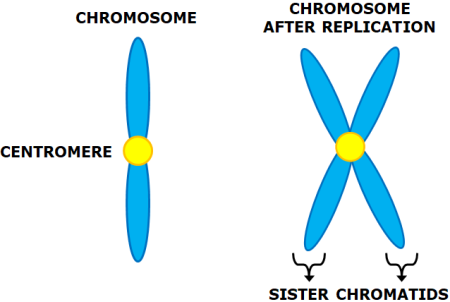
1/ In previous Targeted Protein Degrader threads, I went over the basic process of how the E1 enzyme adds the phosphate group to the ubiquitin molecule. It then passes it to the E2 enzyme which binds to the E3 ligase as a complex. 

2/ The E3 ligase is designed with a site of recognition that is specific to a group of proteins. These proteins, called substrates, can be many different proteins for the same E3 ligase, but they all have a specific site that the E3 recognizes and binds to. 

3/ The molecular glue is a very small molecule that binds to a protein and provides a site to which the E3 ligase will bind. This allows for proteins that would never normally bind to that ligase to bind for targeted degradation. 

4/ This makes the molecular glue very small and powerful. The biggest drawback is that all of the current molecular glues that have been discovered have been by accident. This is one space where AI might dramatically improve this science.
5/ The biggest potential risk is they are so small, and they bind to a protein. This means there could be off target biding of proteins that resemble the target protein leading to off target side effects.
• • •
Missing some Tweet in this thread? You can try to
force a refresh





